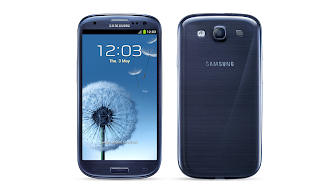Smart Outscores Globe Telecom in NTC Quality Test, 4-1. The National Telecommunications Commission (NTC) confirmed the network superiority of Smart Communications, Inc. (Smart) following the release of the results of its network quality tests for the second quarter of this year which showed Smart posting significantly better test results than Globe Telecom.
Globe, however, issued a statement that attempted to turn the results of the NTC’S Quality of Service Benchmarking Test upside down.
According to that test, Smart’s network rated higher in four of the five parameters that had been defined by the NTC in consultation with all three mobile phone operators. These four important parameters where Smart posted better scores are:
1) Drop Call Rate
2) Call Set Up Time
3) Average Signal Quality
4) Average Receive Signal Level
In its statement, however, Globe conveniently downplayed or disregarded these parameters and focused on the “blocked call” parameter, which was the only test that showed better results for Globe. On that basis, Globe said that its “legacy network” was better than that of Smart.
This is the same legacy network that Globe officials have admitted, in several recent occasions, to be congested.
This selective reading of the test results defies arithmetic, and, more importantly, flies in the face of consumer experience.
Globe’s press statement also contains a substantive misinterpretation of the test results in one of the key parameters – the Average Receive Signal Level. Globe said in its statement that: “The final metric is the Average Receive Signal Level with a minimum acceptable range of -85 dBm. Both telcos did not make it to the standard.”
The truth, however, is quite different: Both carriers actually passed the standard. Globe registered a score of -69.83 dBm. But Smart delivered lopsidedly better results: -62.63 dBm. In this parameter, the lower the negative number is, the better the signal. Translated into layman’s terms, what this result means is that Smart’s signal level is up to five times stronger than Globe’s. In terms of customer experience, a stronger signal level means better indoor coverage, resulting in better voice quality, less drop calls, faster and more reliable SMS and higher data speeds.
Though we are encouraged by the NTC test which validates our network superiority, Smart continues to work hard in order to provide our customers superior service. By completing our network transformation in mid-2012, we are now moving on to deliver to our subscribers next generation services such as the Long Term Evolution, or LTE. This is vital because we realize that, in the end, it is the satisfaction and judgment of our customers that really matter.
























